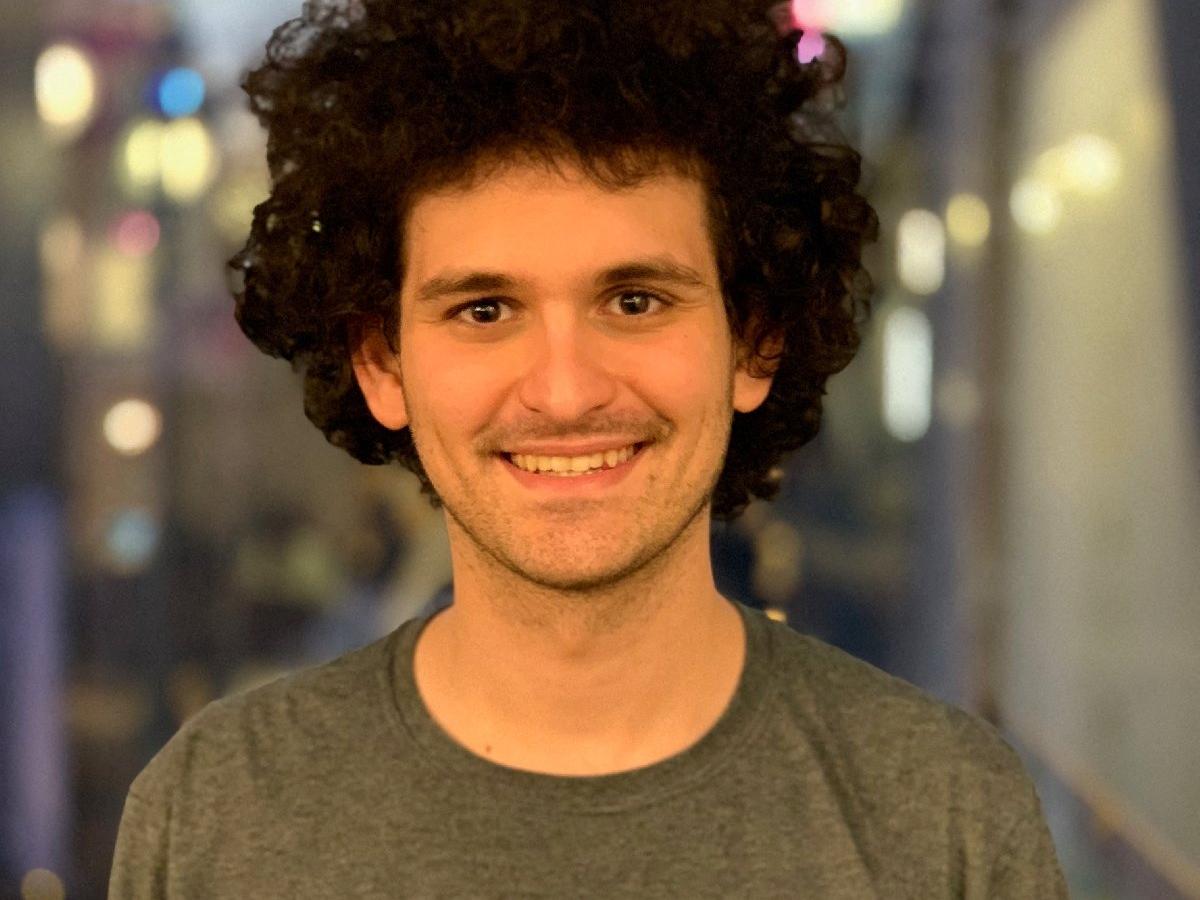In a significant development in the crypto world, a federal prosecutor in New York has decided not to file a second lawsuit against FTX’s founder Sam Bankman-Fried. The case, shaped around allegations of corruption and illegal political donations, marks an important legal turn for Bankman-Fried, a key figure in the crypto space.
Prosecutor’s Discretion: A Significant Development
The decision not to file a second case underscores the use of prosecutorial discretion in high-profile cases. The New York prosecutor’s choice bears significance for the legal status of the allegations against Bankman-Fried. As the legal landscape evolves, this decision necessitates a closer examination of the influencing factors and potential outcomes for the former crypto king.

The allegations of corruption and illegal political donations involving Bankman-Fried have brought legal complexities that have caught the attention of both the crypto community and legal experts. Understanding the nuances of these accusations and their connections to Bankman-Fried’s activities in the crypto space is crucial for assessing the broader impact of the prosecutor’s decision.
FTX Founder’s Move Comes After This Development
It’s important to note that this move came after a development. In the evening, the U.S. Government dropped six charges against SBF and announced it would not file a lawsuit for campaign finance violations. The timing of the prosecutor’s subsequent action is considered significant.
Sam Bankman-Fried, the founder of the cryptocurrency exchange FTX, has become one of the leading names in the crypto industry. His journey from a visionary entrepreneur to a legal focal point continues to be closely monitored.
Finally, the resolution or lack thereof of high-profile cases in the crypto sector often sets precedents that resonate in the legal world. As the decision regarding Sam Bankman-Fried emerges, its potential impact on future cases and the establishment of legal precedents in the crypto sector becomes a focal point for legal analysts and industry stakeholders.


 Türkçe
Türkçe Español
Español









